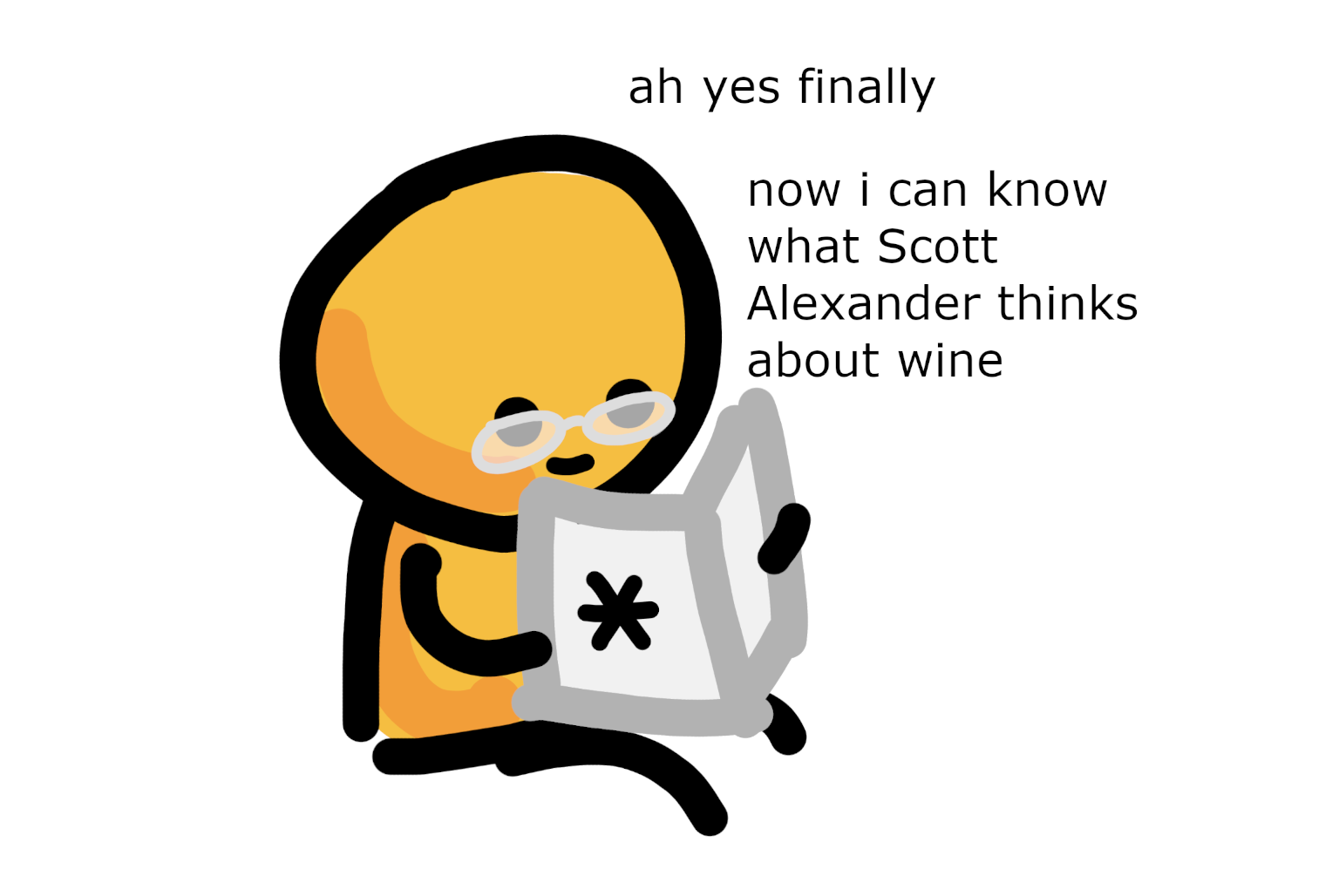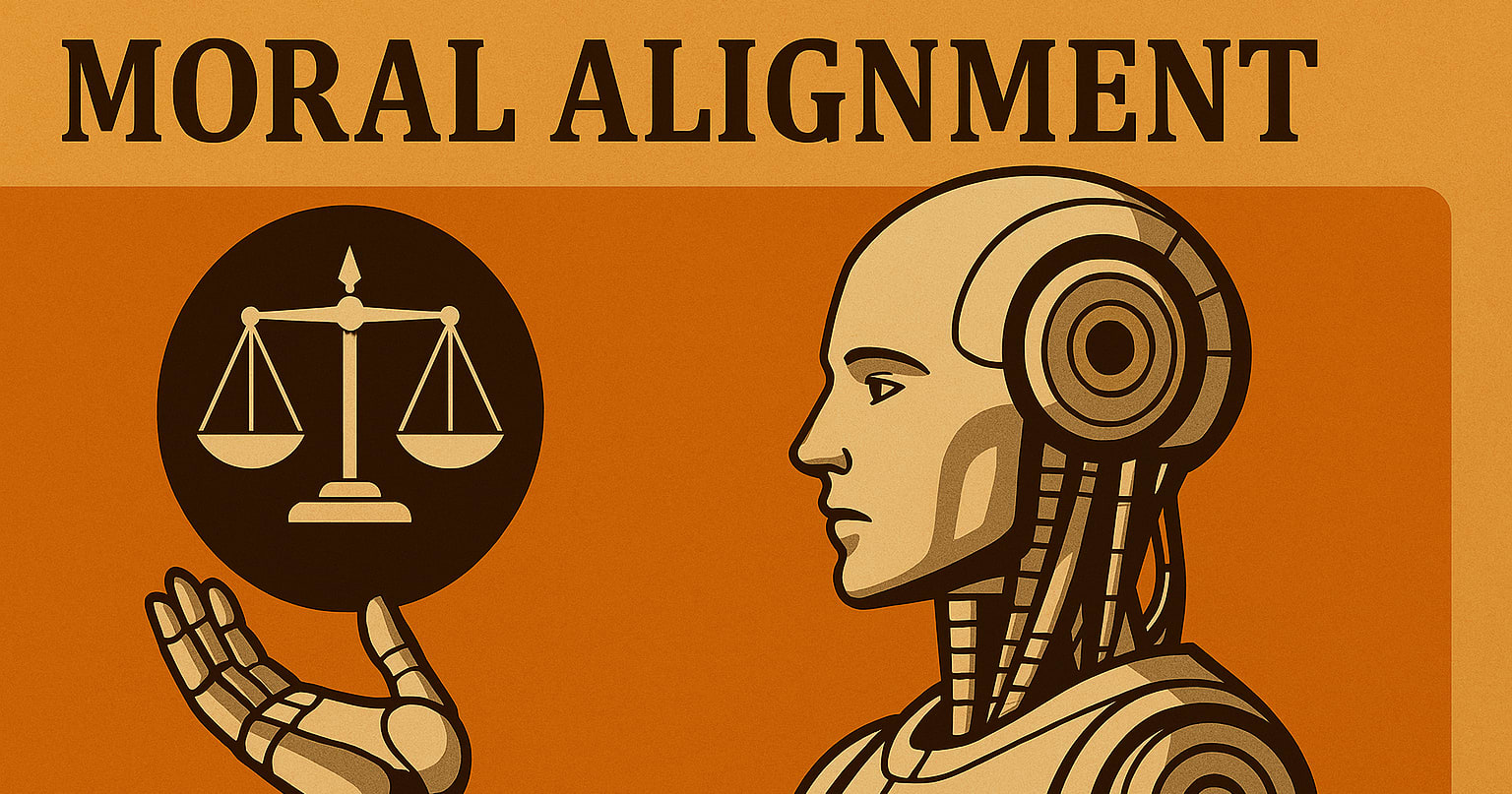Are you a fan of engaging, epistemically rigorous longform writing about the world's most pressing problems? Interested in in-depth interviews with leading scholars? A reader of taste and discernment? Sick of FTXcourse?
Distract yourself with the inaugural issue of Asterisk Magazine, out now!
Asterisk is a new quarterly journal of clear writing and clear thinking about things that matter (and, occasionally, things we just think are interesting). In this issue:
- Kelsey Piper argues that What We Owe The Future can't quite support the weight of its own premises.
- Kevin Esvelt talks about how we can prevent the next pandemic.
- Jared Leibowich gives us a superforecaster's approach to modeling monkeypox.
- Christopher Leslie Brown on the history of abolitionism and the slippery concept of moral progress
- Stuart Ritchie tries to find out if the replication crisis has really made science better.
- Dietrich Vollrath explains what economists do and don't know about why some countries become rich and others don't.
- Scott Alexander asks: is wine fake?
- Karson Elmgren on the history and future of China's semiconductor industry.
- Xander Balwit imagines a future where genetic engineering has radically altered the animals we eat.
A huge thank you to everyone in the community who helped us make Asterisk a reality. We hope you all enjoy reading it as much as we enjoyed making it.





+1 to looking forward to print copies.
My ideal format would be PDF eBook of all the articles. Willing to pay.